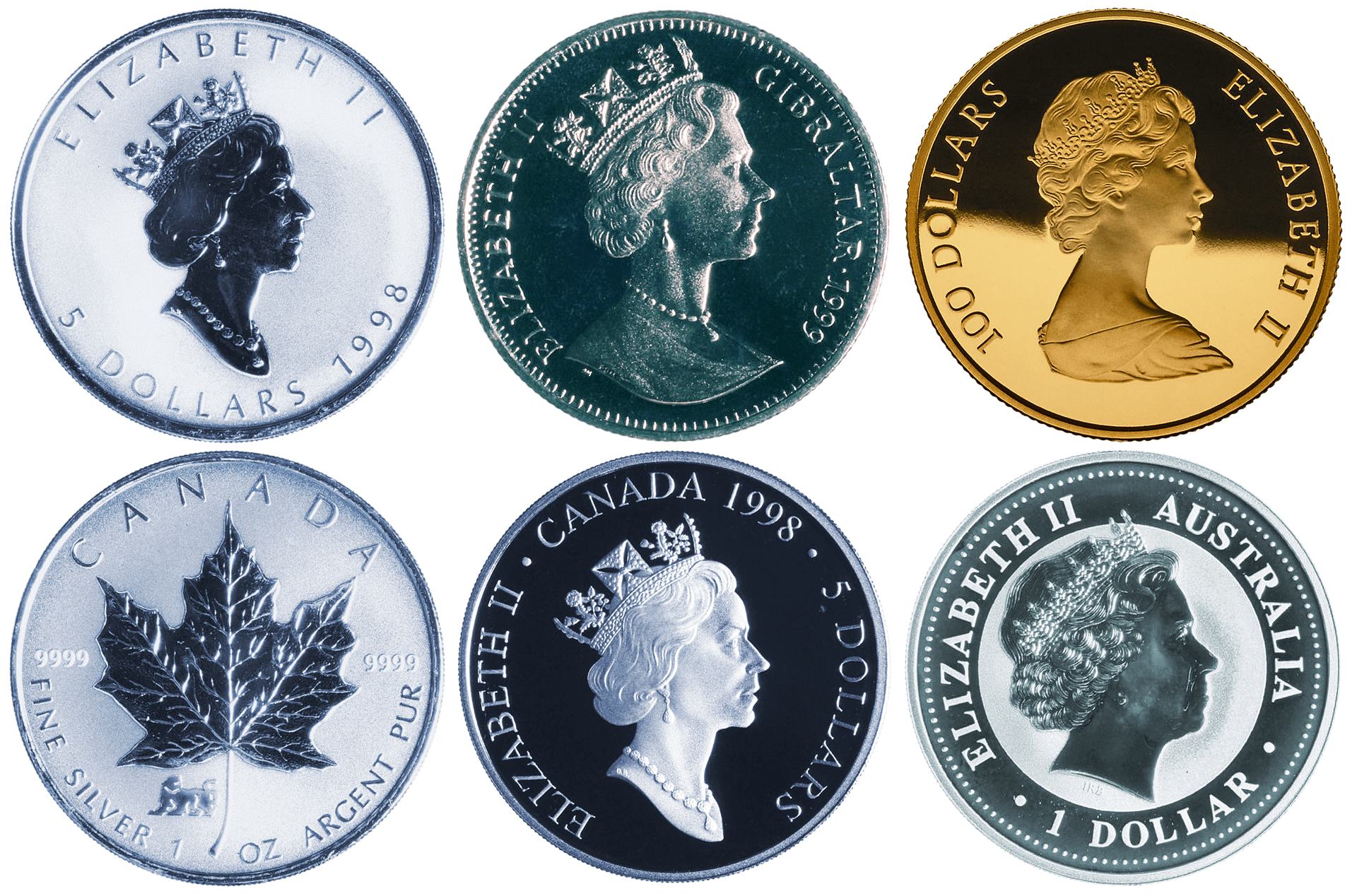The Canadian dollar has dropped to four-week lows, at 1.2500 levels as employment increases, lockdown restrictions eases, and business sentiment improves.

Canadian Dollar at Critical 1.2500 Levels
The Canadian dollar has dropped below the psychological level at 1.25. The multi-year low is at the 1.2363 level, reached on March 18, 2021. High oil prices and the weak US dollar have weakened the USD/CAD, pushing it to multi-year lows.
The area at 1.2475 has been tested several times. On the upside, the 1.2525 area will be a resistance level. If the support at the 1.2475 level breaks, the currency pair may swiftly lower to the 1.2400 marks. The USD/CAD currency pair has strong resistance at the 1.2620 regions and will act as a key level for forex investors to watch.
Canada depends on the price of oil to strengthen its economy. The bullish trend in oil has helped to improve the Canadian dollar. The Canadian dollar is also a commodity currency and is influenced by commodity prices on a global level. The reopening of the economy has improved business activity.
Employment Level Improves in Canada
Reports from Statistics Canada show that the unemployment rate has fallen to a low of 7.5% in March. 303,000 jobs have been added. In February 259,000 had been added, and the unemployment rate was 8.2%.
The food services and retail services were some sectors that were hard hit by the pandemic. Currently, these sectors show an increase in employment. Construction, accommodation, health care, and education are some areas that show steady gains. The young generation in the 15-24 age groups was the worst affected, as job losses were higher in this age group.
Employment has increased as Manufacturing PMI has gone up in March 2021 to 58.5 from 54.8 in February. It is the 9th consecutive month of expansion. Factory activity is picking up at the fastest pace in the history of Canada. New orders, employment, output, and purchases show a sharp surge as covid-19 restrictions are easing and have helped improve employment opportunities and lower the unemployment rate.
Effective Vaccination against the Covid-19 to Determine Canadian Dollar
Vaccination rollouts are improving economic conditions in Canada. Ontario and Quebec were some regions that were severely affected by the second and third wave of infections, and strict restrictions were imposed in these places. The arrivals of vaccines have given a boost to consumer demand, as conditions improve.
The Canadian dollar has stabilized at the 1.25 level. The fight against the coronavirus and its outcome will determine the direction of the USD/CAD currency pair.
Business Sentiment Helps Canadian Dollar
The Bank of Canada Business Outlook Survey (BOS) has reported good business sentiment for the first quarter of 2021. Companies are now returning to the pre-pandemic levels. With lower interest, consumer sentiment has improved, which has improved sales. However, uncertainty over future restrictions continues to dominate business sentiment.
Business optimism has increased in the first quarter of the year. An effective vaccination program against the covid-19 virus has helped to improve sentiment. Business investment has improved and BOC expects the future inflation level to remain within the 1% to 3% range.
Trade Surplus in Canada has narrowed in February to CAD$1.04 billion from CAD$1.21 in January 2021. Total exports have come down by 2.7% in February, after surging 8.2% in January. Total imports have decreased by 2.4% to CAD$48.8 billion in February.
Economic activity has grown at the fastest pace in six months, states the Ivey Purchasing Managers Index data (PMI). The index is above the 50 thresholds, indicating strong activity in the country for the first time in six months. Adjusted PMI increased to 63.1 from 55.7.
Bank of Canada Expectations on Canadian Dollar
The Bank of Canada meeting comes ahead next week. The central bank has been tapering its asset purchase, and it has kept the Canadian dollar move with a limited range. BOC Governor Tiff Macklem may not change interest rates in the foreseeable future, say experts.
Quantitative easing has helped the economy recover after the Covid pandemic. Experts say that negative interest rates should not be introduced even if there was further turbulence in the economy.
Currently, interest rates are at a record low of 0.25% since March 2020. If lowered further, it may weaken the Loonie, which will increase the cost of imported goods.
US Dollar Index
The USD index is at the critical support at 91.50. The US Treasury bond yield has slipped to a one-month low, which has pulled the USD/CAD currency pair lower. Investors expect the fed to keep interest rates at near-zero levels. Treasury yields have put pressure on the US dollar. If the Yield continues to move lower, the US dollar may come under further pressure. The US dollar has closed at the monthly low at the psychological level at 91.50 levels for the weekend.
CAD/JPY
The CAD/JPY is trading within a range. It closed just below the psychological level at 87.00 for the weekend. A break above this level may push the currency pair towards the 88.00 regions. However, a move below will push it towards another support at 86.00.